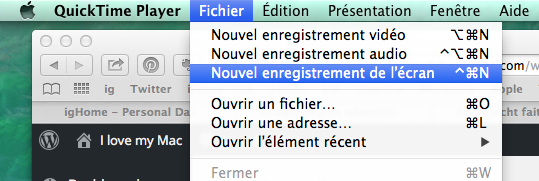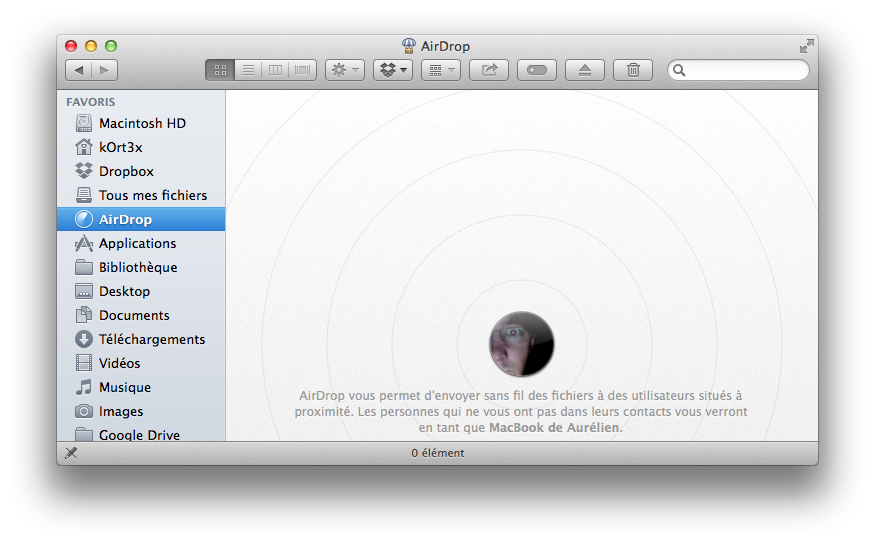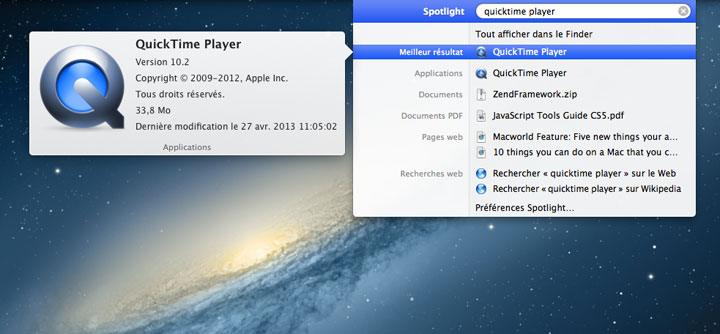I have recently installed an additional SSD drive in my iMac 27″ mid-2011. I opted for the Sandisk Ultra II 960GB.
The installation procedure as detailed by iFixit, is not for just anyone. You need to be experienced with opening computers and replacing parts. The iMac is rather complex machine, not like the average PC tower. It took me a good 2 hours to dismount, add the SSD (located under the optical drive) and remount the iMac. At the end of the process, which appeared not as hard as I feared, my iMac would not start! Black screen and strange noises. No startup BONG, just the hard drive cycling up and down.
I thus reopened it (I become an expert 😉 and found the ZIF (Zero Insertion Force) main connector of the LCD panel, was not properly plugged. After fixing this and closing the iMac, I was very relieved to hear the startup BONG.
I then configured TRIM on the new SSD using Trimenabler tool : for some reason, the command line instructions to turn TRIM on did not work for me: no error, but the TRIM remained off.
Then I cloned the main hard disk using SuperDuper! It took several hours for approximately 700GB. I changed the default startup disk in the Systems Preference to the newly installed SSD, and the magic happened.
The boot time is in seconds, opening Word or Excel, 1 sec! The difference is really spectacular.
If you are able to do it, I recommend it. If you never hacked into any computer, don’t start though with the iMac.









